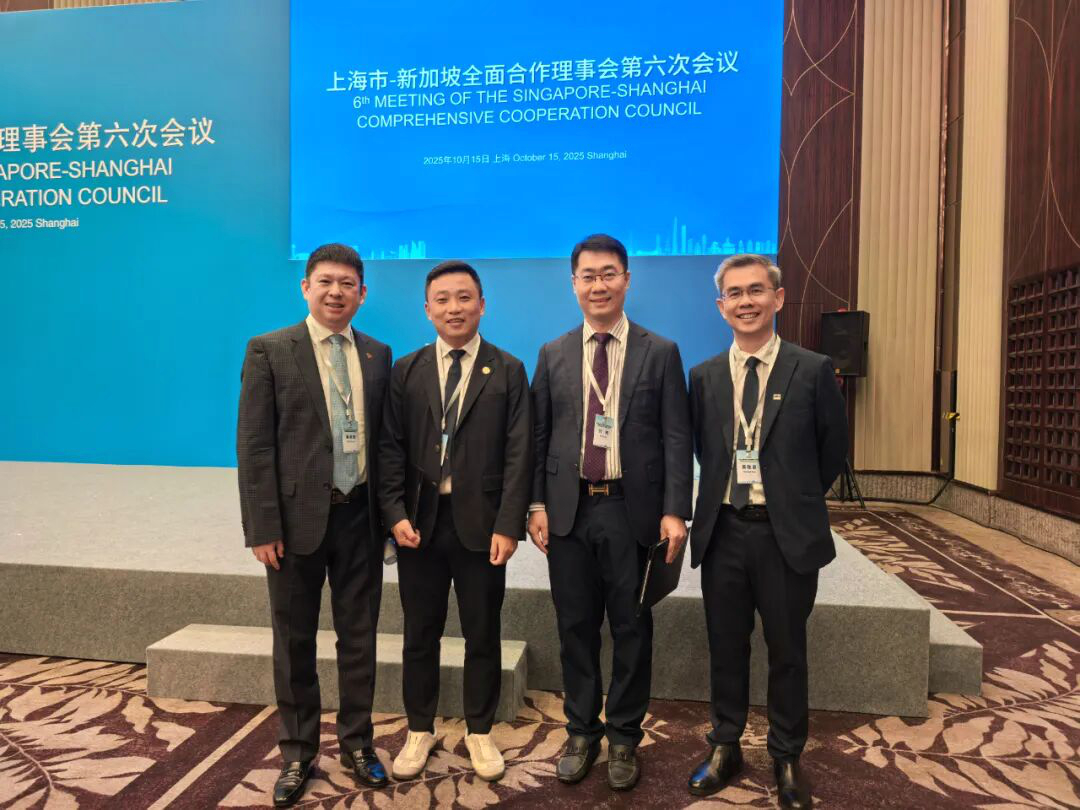How can we better identify and neutralize malicious packages in the PyPI ecosystem to safeguard our open-source software?
We recently conducted an insightful interview with NTU researchers Dr. Guo Wenbo and Prof. Liu Yang. Our discussion centered on the pressing issue of malicious code in the PyPI ecosystem and how innovative detection strategies can mitigate these threats. Their recent publication highlights the significant advancements in understanding and combating these vulnerabilities. Stay tuned for the full interview, where we'll share expert perspectives and key takeaways on improving software security and safeguarding open-source platforms from emerging threats.

Scantist: Could you start by explaining the primary motivation behind conducting this study on malicious code in the PyPI ecosystem?
Wenbo Guo: The primary motivation for this study stems from the rapid growth and popularity of the PyPI ecosystem, which has unfortunately made it a target for malicious actors. These attackers exploit the platform's openness to distribute harmful packages, posing significant security risks to developers and end-users. Our goal was to systematically understand the lifecycle of these malicious packages, analyze their characteristics, and uncover their propagation methods. By doing so, we aim to enhance security measures within the PyPI ecosystem and provide valuable insights for developing more effective detection tools.

Scantist: Can you describe the methodology used for collecting and classifying the dataset of malicious code in this study?
Wenbo Guo: We implemented an automated data collection framework to gather a comprehensive dataset of 4,669 malicious package files from sources like GitHub, PyPI mirrors, and IT forums. Our approach involved using web crawlers and manual collection methods to ensure accuracy and completeness. The collected code was classified based on behavioral characteristics, using a custom-built classification framework that categorized the code into five primary behavior types. Each classification was manually verified to maintain accuracy, providing a robust foundation for analyzing the attributes and behaviors of malicious packages.
Scantist: What key attributes of malicious packages in the PyPI ecosystem did you identify, and how do these differ from malicious code on other platforms?
Wenbo Guo: Within the PyPI ecosystem, malicious code typically exhibits low complexity but high code density. This means that while the overall structure of the code is simple, a significant portion is dedicated to malicious activities. This contrasts with other platforms, where malicious code often has a more complex structure and integrates more seamlessly with benign functions. Additionally, PyPI malicious packages show low similarity with those from other ecosystems, indicating unique attack strategies targeting Python's package management system. These findings highlight the need for targeted detection tools tailored to the specific patterns found in PyPI.

Scantist: How do attackers combine various attack strategies in the PyPI ecosystem, and can you provide examples of how these tactics have evolved over time?
Wenbo Guo: Attackers in the PyPI ecosystem use a variety of attack strategies, including information stealing, command execution, and unauthorized file operations. Over time, these tactics have evolved to become more sophisticated. For example, attackers now use polymorphic techniques to avoid detection, dynamically downloading additional payloads, and utilizing indirect imports to evade basic security checks. This continuous evolution demonstrates the attackers' adaptability and the increasing complexity of their strategies, underscoring the need for improved detection tools that can keep up with these advancements.

Scantist: What notable trends or innovations in attack tactics did your study uncover?
Wenbo Guo: Our study uncovered several significant trends and innovations in attack tactics. Notably, attackers are increasingly using sophisticated anti-detection techniques such as image steganography, where malicious code is hidden within images and extracted during execution. Another innovation is the use of multi-stage payloads, which execute only under specific conditions, making detection more challenging. Additionally, attackers leverage indirect imports, importing malicious code from seemingly benign packages to bypass security checks. These tactics highlight the evolving nature of threats and the need for advanced, adaptive security measures.
Scantist: What are the most common evasion techniques used by malicious code in PyPI, and how effective are current tools in identifying these threats?
Wenbo Guo: Common evasion techniques in the PyPI ecosystem include code obfuscation, external payloads, and sandbox escape methods. Code obfuscation masks the code's true intent, making it difficult for static analysis tools to detect malicious behavior. External payloads download additional malicious components post-installation, bypassing initial security checks. Sandbox escape techniques allow malicious code to evade virtualized security environments. Current detection tools often struggle with these sophisticated evasion methods, leading to high false-negative rates and underscoring the need for more advanced detection strategies.
Scantist: Based on your findings, how prevalent is the issue of undetected malicious packages in PyPI mirrors, and what impact does this have on the broader ecosystem?
Wenbo Guo: The study revealed a significant prevalence of undetected malicious packages across various PyPI mirrors worldwide. Many of these packages persist even after being discovered due to inconsistent mirror synchronization and inadequate removal processes. This persistence poses a substantial risk to the broader ecosystem, as developers may unknowingly integrate these packages into their projects, leading to potential data breaches and system compromises. The findings highlight the critical importance of robust monitoring and prompt removal of malicious packages from all mirrors to mitigate these risks effectively.

Scantist: How has the impact of malicious packages on end-users evolved, particularly regarding affected operating systems and infiltration methods?
Wenbo Guo: The impact of malicious packages on end-users within the PyPI ecosystem has increased over time, with Linux systems being particularly affected due to their widespread use in development and server environments. Attackers exploit common package management tools, such as pip, to distribute malicious packages that execute harmful code during installation. The study identified three primary attack vectors: install-time, import-time, and run-time attacks. These methods allow attackers to gain access to systems, execute malicious activities, and persist despite detection efforts. This evolving threat landscape underscores the need for enhanced vigilance and improved security practices among developers and system administrators.


Scantist: What measures can be taken to mitigate the risks associated with malicious code in open-source ecosystems like PyPI?
Wenbo Guo: Mitigating risks in open-source ecosystems requires a comprehensive approach. Strengthening detection tools to identify obfuscated or dynamically loaded malicious code is crucial. Enhancing package review processes and implementing stricter verification for new uploads can prevent malicious packages from entering the ecosystem. Educating developers on security best practices, such as verifying the integrity and origin of packages, is also essential. Additionally, improving synchronization and cleanup protocols for mirror sites will ensure timely removal of known malicious packages. Collaboration between security researchers, package maintainers, and the broader community is key to developing robust defenses and fostering a more secure open-source environment.
Scantist: What are the key takeaways from your study, and how do you envision the future of research in this area?
Wenbo Guo: The key takeaways from our study include the identification of evolving attack tactics, the challenges posed by advanced evasion techniques, and the persistent threat of undetected malicious packages. These findings highlight the need for continuous monitoring and improvement in detection methodologies within the PyPI ecosystem. Future research should focus on developing more sophisticated detection tools that can adapt to new and emerging threats. Additionally, there is a need for a coordinated effort in the open-source community to establish best practices and standards for security. Advancing both technological solutions and community awareness will better safeguard against the growing threat of malicious code in open-source platforms.


.png)

